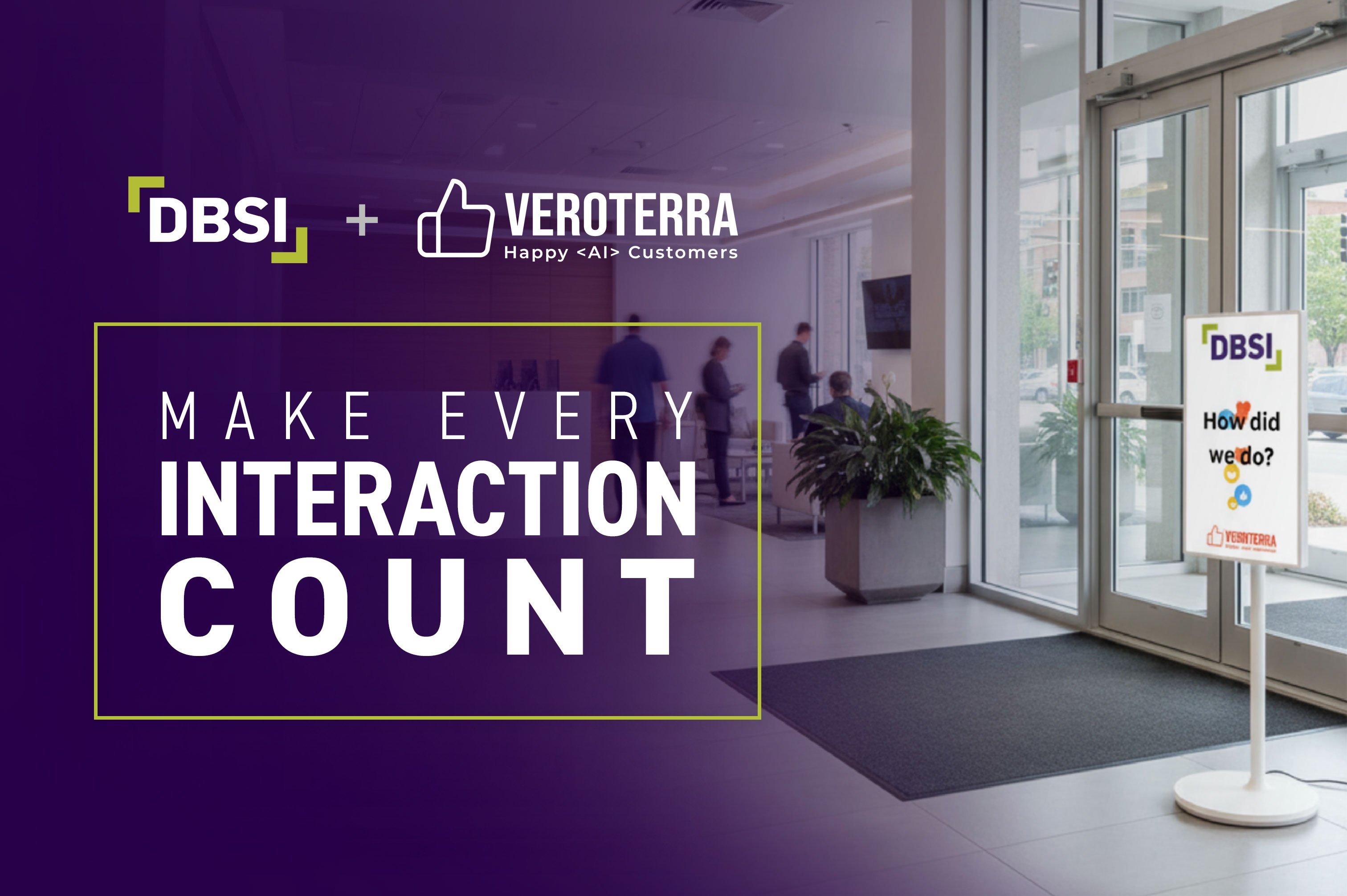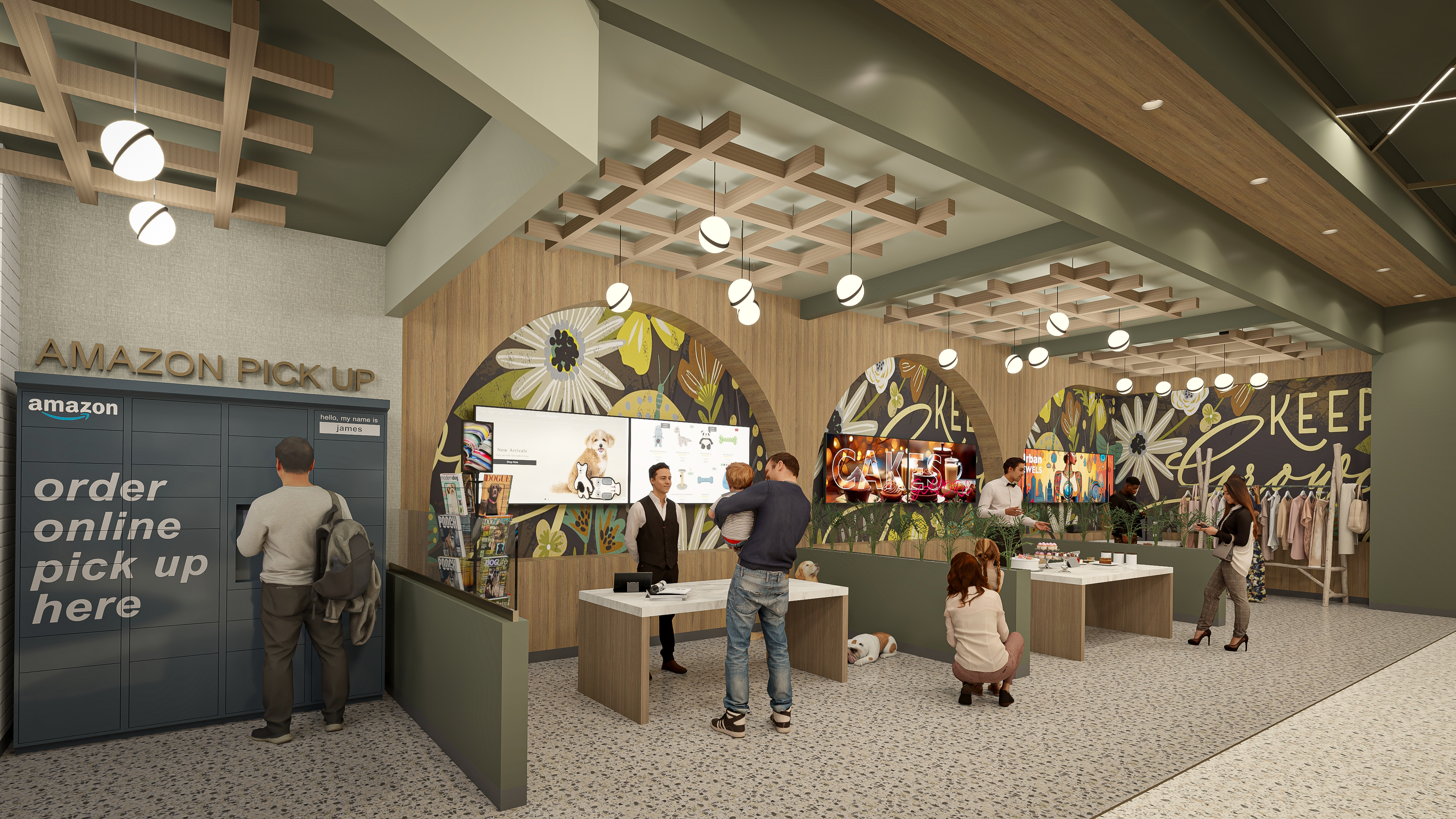2 min read
The Financial Brand: How the End of the Safe Deposit Box Is a Signal for Banking’s Future
 Carla Trombly
:
Oct 15, 2025
Carla Trombly
:
Oct 15, 2025
-3.png)
Executive Summary
- Many banks, including majors like Chase, are rapidly phasing out safety deposit boxes as customer interest flags and the role of the branch evolves.
- But the need for security and continuity that safety boxes represent has not gone away. Its focus has just shifted to other platforms.
- Some innovative banks and credit unions are replacing physical boxes with digital storage that addresses the same need, while adopting to customers’ current preferences.
Read the full article on The Financial Brand.
The quiet disappearance of the safe deposit box may seem like a small design choice. In reality, it’s a signal to the entire industry. Financial institutions are rethinking their role in helping customers safeguard what matters most, and how their services define customer relationships.
Chase, one of the largest banks in the United States, recently shared that it will begin phasing out all remaining safe deposit boxes nationwide. Other banks and credit unions are eliminating safe deposit boxes not out of neglect, but necessity. They’re rethinking every square foot, adopting smaller branch formats, and aligning with how customers actually live and store their most important items.
"The reality is that a vault is one of the least flexible investments a financial institution can make," says Amanda Farmer, Director of Equipment at DBSI, a design-build firm based in Chandler, Arizona. "It takes up space, requires dual-control staffing, private viewing rooms, annual maintenance, and constant upkeep. When you add it all together, it’s a costly program that fewer and fewer customers actually use."
A Shift In Consumer Behavior
Modern customer behavior has shifted. Many of the important items once stored in safe deposit boxes — such as wills, deeds, and insurance policies — are now scanned, uploaded, and saved to the cloud. At the same time, affordable home safes and advanced security systems give people the confidence to keep valuables at home.
"It’s really become a mindset shift," Farmer explains. "Younger generations in particular don’t want paper copies. They want digital access, and they want it to be shareable. That changes the very purpose of what a safe deposit box was meant to provide."
Arizona Financial Credit Union is seeing that shift in real time.
"Member preferences have evolved significantly. In 2020, the number of safe deposit boxes opened and closed each month was roughly equal. Today, we close nearly twice as many as we open," says Jaclyn Stewart, VP of Branch Services at Arizona Financial Credit Union. "This reflects a growing reliance on digital storage solutions, which offer enhanced security, convenience, and accessibility. While some members still value physical storage, the overall trend shows that fewer people see safe deposit boxes as essential."

The credit union continues to offer safe deposit boxes at select branches. "This ensures access for those who still prefer them — while keeping service and cost aligned for the broader membership," Stewart explains. Arizona Financial’s upcoming flagship branch in Phoenix’s Biltmore neighborhood is being designed to be vault-free. Stewart says this creates opportunities to modernize service delivery for members:
"We’re creating branch designs tailored to support the needs of the person in front of us — whether that’s a business who needs treasury management solutions, someone looking for lending expertise, or a family coming in for the signing of their teen’s first car. We want to meet them where they are for the moments that matter most."

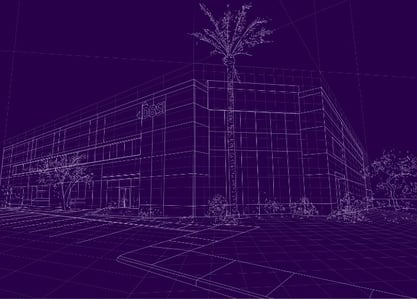












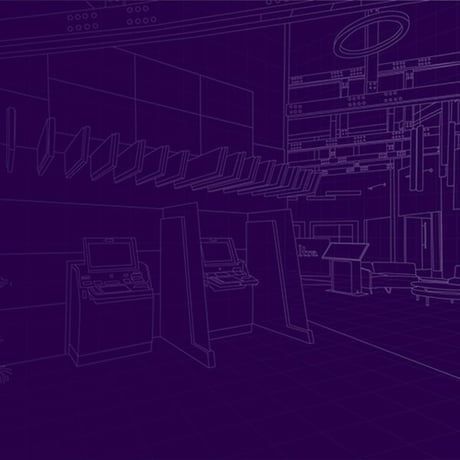
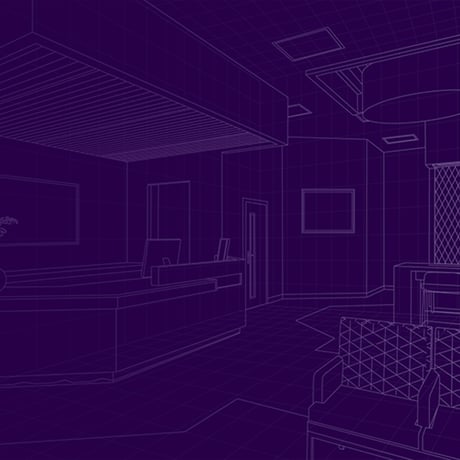

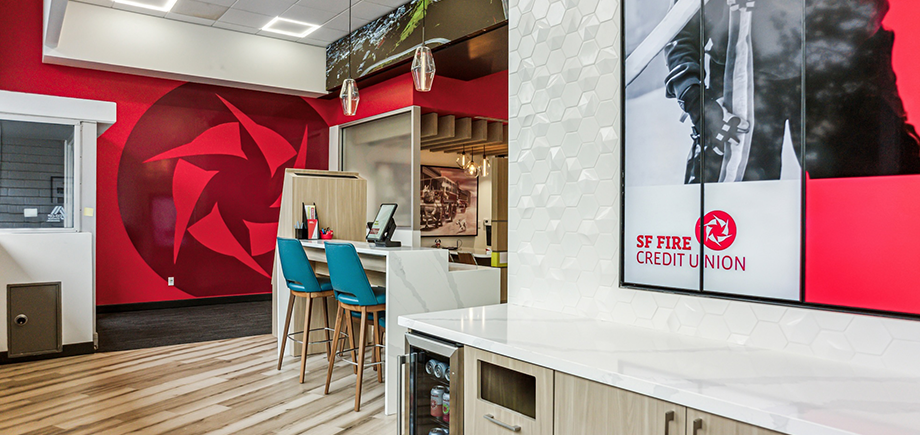
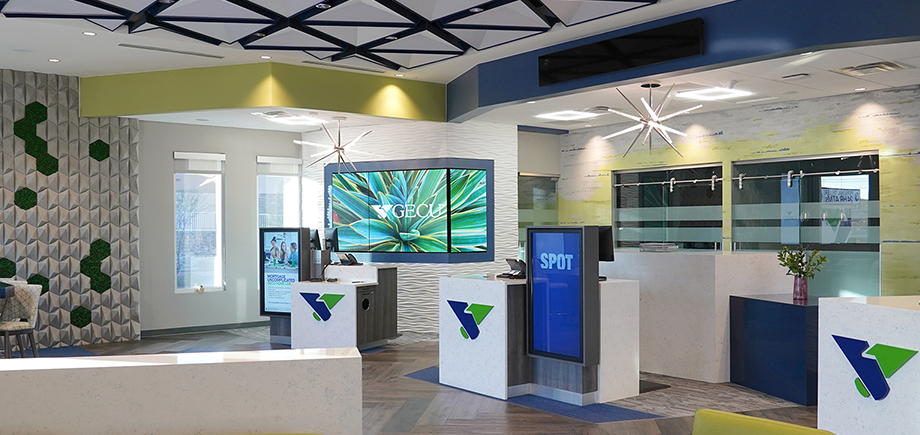





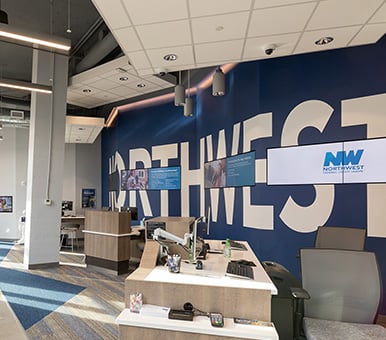
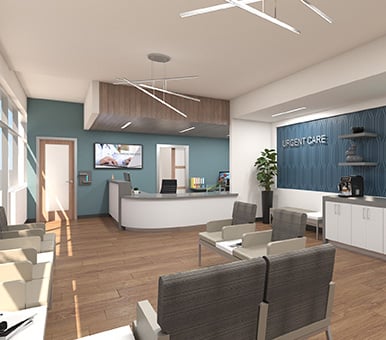







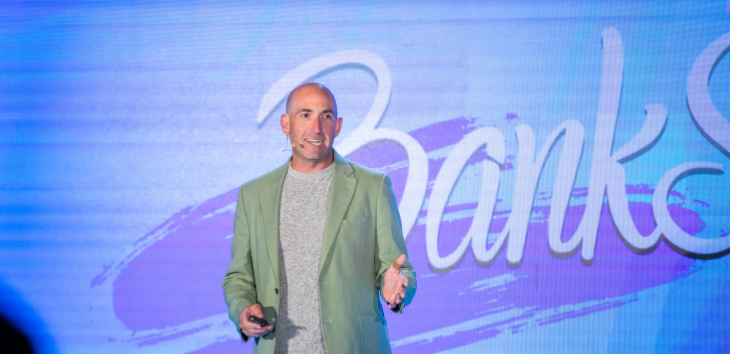

-4.png)
